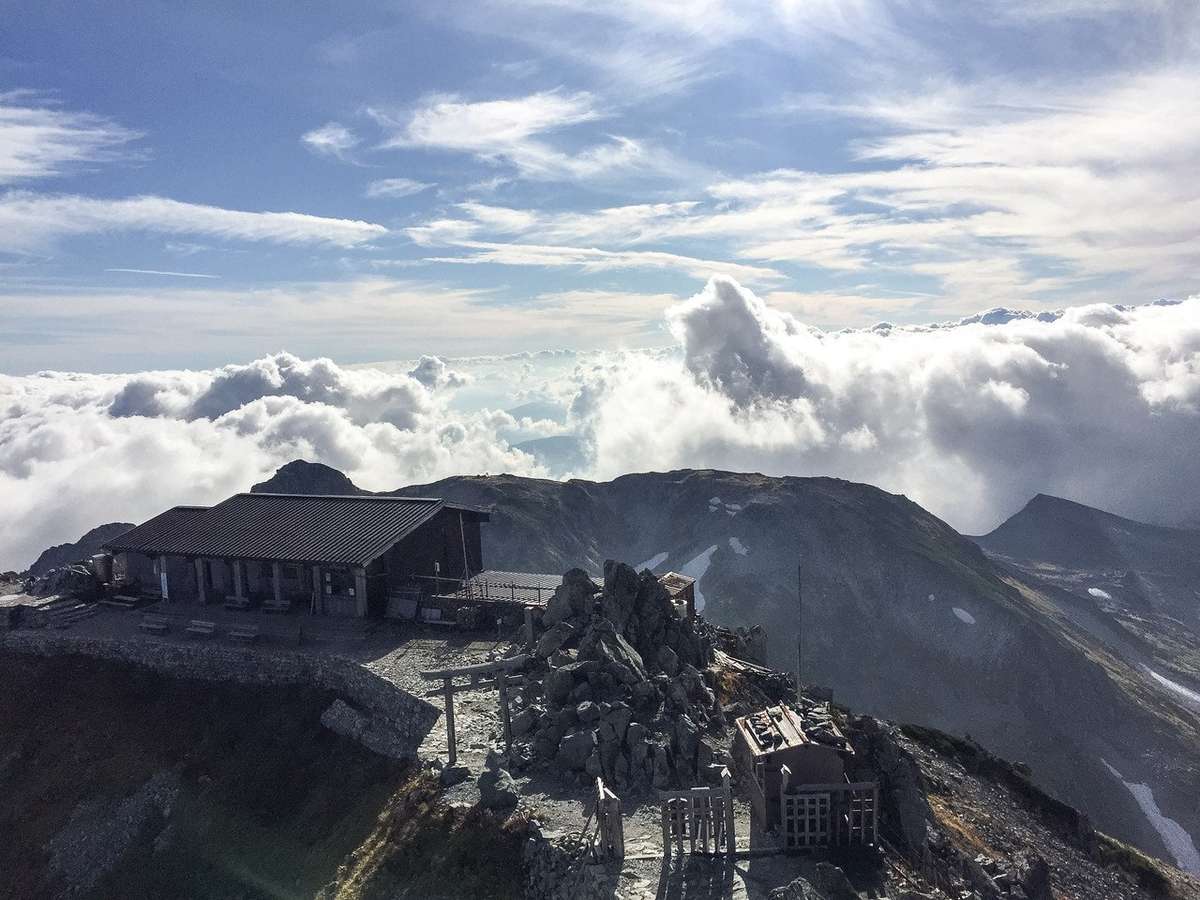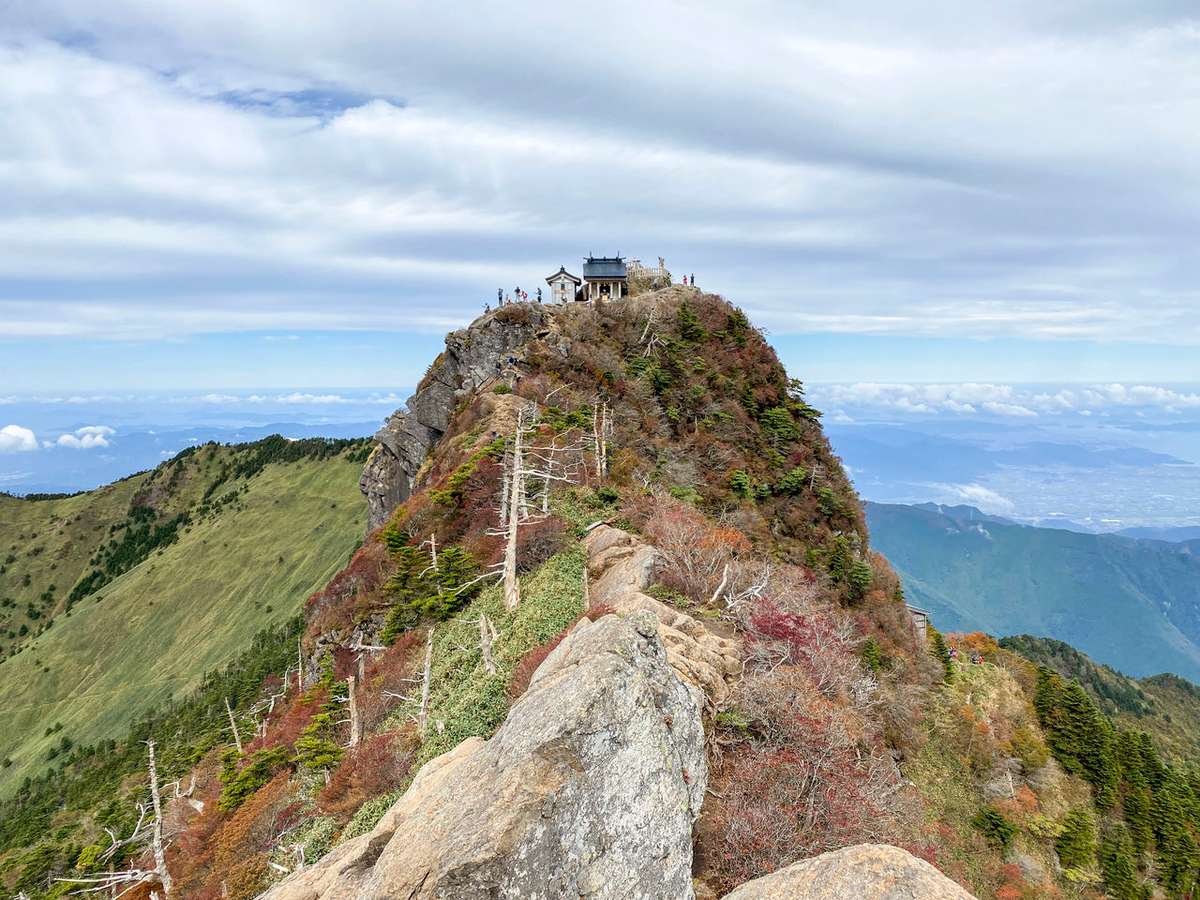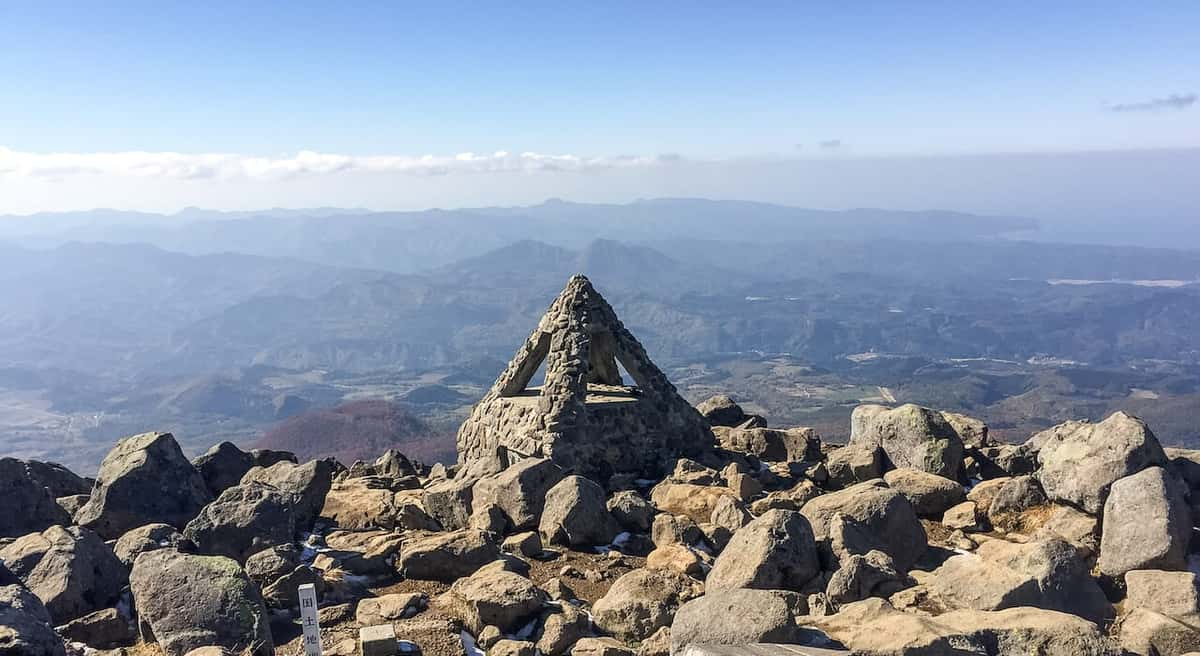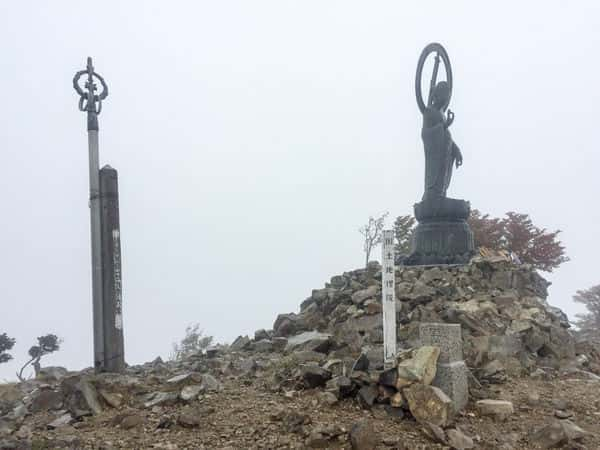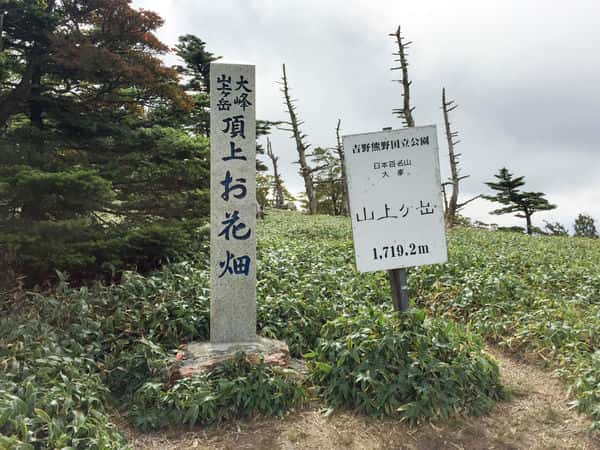目次
目次
Why these mountains were called Reizan
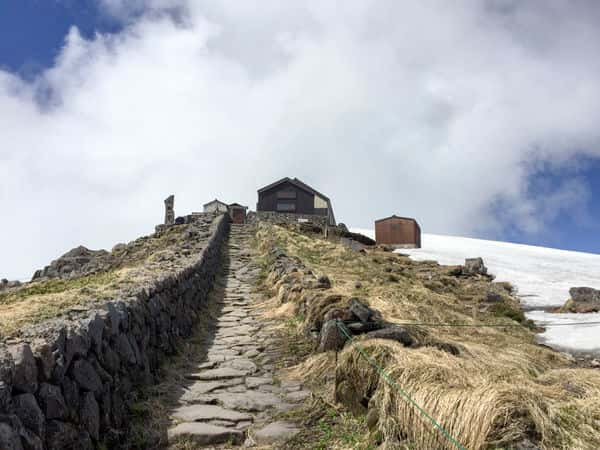
The main shrine at the top of Mt. GassanHow do you think the reizan in Japan were selected? There are various theories as to why they are called reizan or “sacred mountains”, and there is no established criteria for their selection. Since ancient times, the recognition of mountains as sacred mountains has spread according to various scales and perspectives, and as a result, mountains that have been called reizan can be found throughout the Japanese archipelago.
Nevertheless, if we look further back to the Nara and Asuka periods, and go back even further to the Kofun and Yayoi periods, the number of candidates for reizan that are presumed to have been revered by common people is limited. How did the ancient people identify these sacred mountains as objects of worship for their religions? What happened in history that led many people to revere these reizan?
Not only do the sacred mountains called reizan have a history dating back to ancient times, but they also seem to have something else in common. Another important point is to carefully examine the selection of the mountains that were chosen as reizan, as it is believed that the selection was greatly influenced by the underlying local religious concepts and customs. By identifying these reizan in the context of their historical backgrounds, ancient customs, and ways of thinking, it is possible to take an educated guess at not only the history of these mountains, but also the reasons why they came to be revered as reizan.
Among other things, the ley line method and concept is presumed to have been useful in ancient societies in defining important centers that served as regional benchmarks like the reizan did In reviewing the “Eight Reizan of Japan”, I will attempt to approach the background of these reizan by focusing on the ley line method, in which multiple spiritual sites are aligned in a straight line.
Indicators of Ley Lines Running through the Reizan
A ley line is an imaginary alignment of landmarks such as mountains, capes, rock formations, and sacred sites such as shrines or temples. Among these, high mountains, such as the highest peaks around a region, are extremely important as ley line markers. Therefore, it is assumed that in ancient times, high mountains that could be seen from a distance were they would inevitably be used as landmarks when considering ley lines. It is believed that the alpine mountains are points of ley lines that became to be known as important strongholds, the dwellings of gods, and overall very sacred mountains.
As a result, many shrines were erected on reizan that are points in ley lines. For example, if two ley lines are connecting multiple reizan or landmarks such as capes, it is possible to find a new point at the intersecting lines and build a shrine there. In other words, no matter how deep the points were located in the mountains, as long as one understood the imaginary delineation of ley lines, one could always locate the intersection. Using this ley line method, ancient people over a long period of time were able to find sacred places to erect shrines and other structures.
For those ancient visitors from long ago, it certainly wasn’t an easy task to reach the unexplored Japanese archipelago, set foot deep into the jungle-like thickets without even a mountain path, and locate a place to build a shrine to worship a god or deity. Even so, many shrines were linked together by reizan, capes, and other landmarks. Somehow, the points where their ley lines intersected and the positioning of those locations as new and important centers seemed meticulously planned. Thus, multiple reizan became points under ley lines and numerous ley lines were found to pass through them. Also, as people were continuously erecting several shrines on these ley line intersections, more people were moving to the Japanese archipelago to lay down the beginnings of Japan as a country.
Then, where in the Japanese archipelago do these sacred mountains that have been revered as ley line points since ancient times exist? There are many mountains in Japan that people have prayed to for centuries as precious sacred mountains. Mountains like Fujisan, Tateyama, Hakusan, Ishizuchi, Kenzan, Ibuki, Daisen, and Tsukuba, which have been valued as points of ley lines. All of them are the highest peaks in the region, and have been considered to be important as ley line points for over a millenia. This is not only because their peaks can be seen from the sea, but they are also blessed with a history that attests to their historical foundations. Therefore, many prominent shrines and sacred sites are points on the ley lines that pass through these mountains, confirming that they are worthy of being called the 日本八霊山 or the “Eight Reizan of Japan”.
Reizan in Japan that Deserve Special Mention
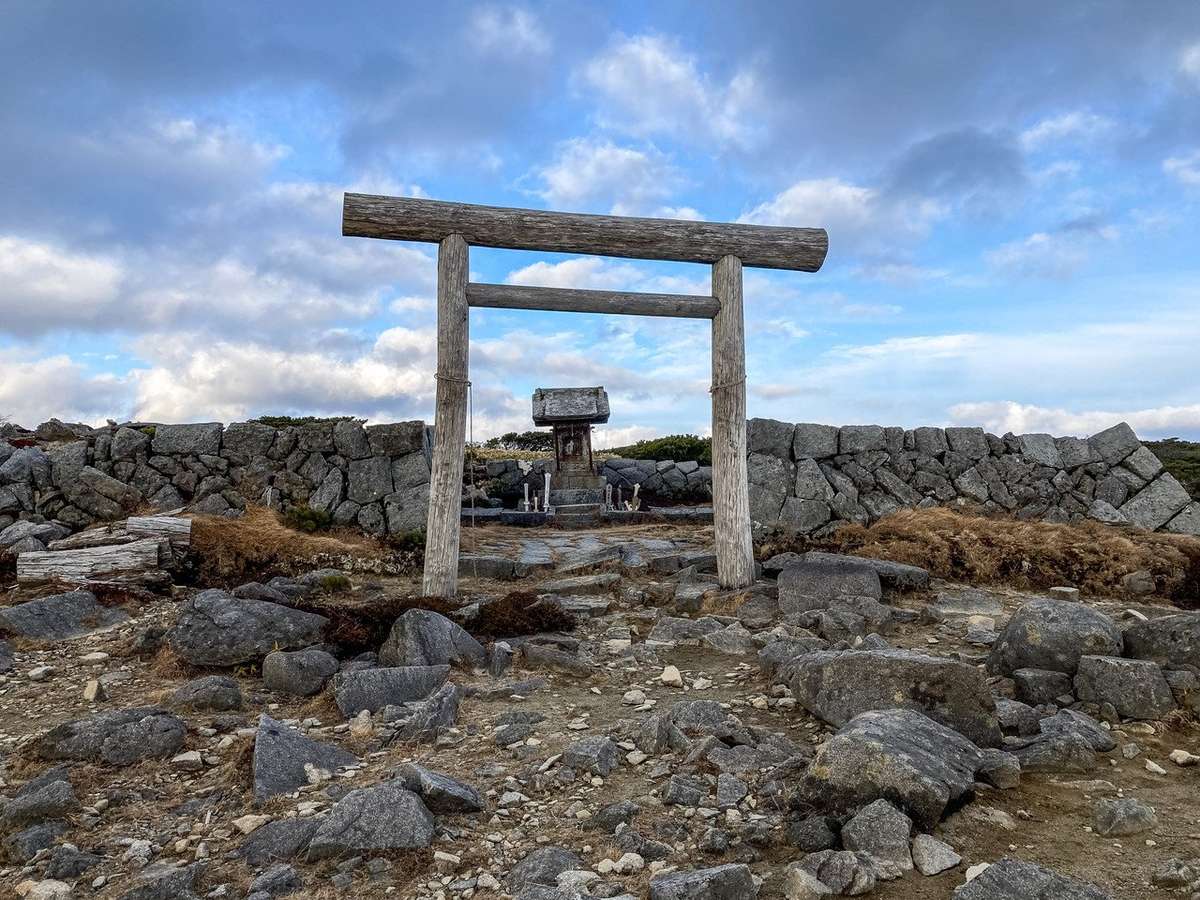
The torii gate and temple atop Mt. GoyozanThese four peaks are also considered to be great reizan and were also candidates for the “Eight Reizan of Japan”, but they were ranked as runner-ups… The reason for their selection as runner-ups is that other reizan candidates stood out more, not only due to their geographical position in the Japanese archipelago near the national capital, but also due to their long-standing influence on local religions and cultures.
It should also be noted that reizan in the Tohoku region were slightly higher in latitude. The Israelites, who were assumed to have come to Japan from Western Asia in ancient times, are thought to have settled in Japan by using astronomy to determine their direction while they explored all over the Japanese archipelago. Therefore, it would have been important for them to establish a base within the familiar northern and southern latitudes of their homeland in order to make the most of the geographical sense of the new lands they had explored.
Since the mountains in the northeastern part of Japan are located beyond the northern latitudinal limits of Israel, it is assumed that their focus was first placed on the reizan located further south. However, it is important to keep in mind that there are many great sacred mountains in Japan that were not selected for the “Eight Reizan of Japan,” such as lwakisan, Tsukisan, Hayachinesan, and Goyozan.
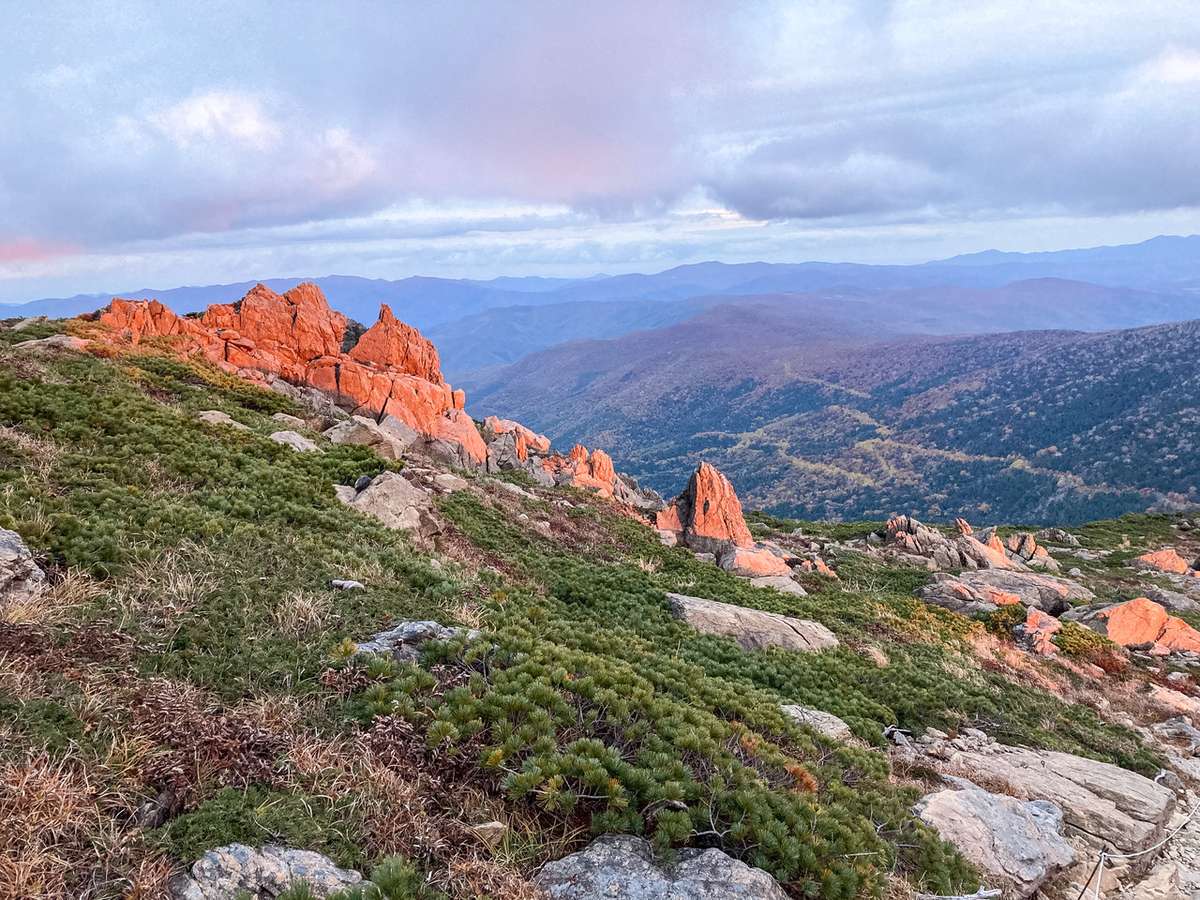
Hayachinesan View of megaliths and mountains from close to the summit
The list of eight sacred mountains that are part of the “Eight Reizan of Japan” have been narrowed down. In describing these sacred mountains one by one, I will first explore how mountains have been used as points that run under ley lines andI will focus especially on the existence and importance of ley lines. I will then speculate on how these mountains have been worshiped as deities and were established as sacred mountains by being recognized as preeminent centers within the Japanese archipelago.

